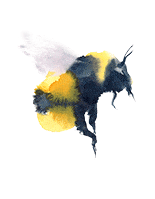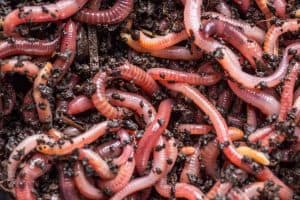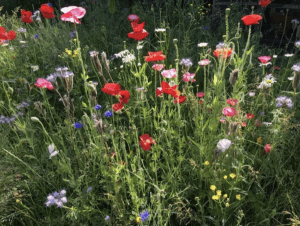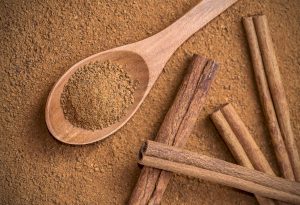Herbs are a favourite amongst gardeners and cooks but have you ever thought about using the flowers as well? It may surprise you just how many other flowers are edible! They can be used in savoury and sweet dishes depending on taste but always ensure you have identified the exact plant and know which part you can use!
Hardy Annuals
These can be sown outside now and include Tropaeolum majus (Nasturtium), Chrysanthemum coronarium (Chopsuey), Borago officinalis (Borage) and Calendula officinalis (English or pot marigold). Petals of these look wonderful sprinkled on salads and taste exquisite. Have a few in pots or sprinkled in your herb garden.
Biennials
Alcea rosea (Hollyhock), Hesperis matronalis (Sweet rocket) and Oenothera biennis (Evening Primrose). Sensational on fruit salads with many colours. Biennials take two years to flower so small plants from the garden centre are the best idea.
Perennials
Hemerocallis (Daylily) buds can be used in stir fries and petals to decorate. Dianthus petals (Pinks) and Monarda didyma (Bergamot) provide a splash of pink and purple. These may already be in your herbaceous beds and you had no idea they could be used in the kitchen!
Shrubs
Yes really! Fuschia flowers with the green bits and centre stamens removed and the sweet black berries, Lavender is widely used in teas, cookies and as a seasoning, Myrtus communis (Myrtle) flowers are prolific and edible.
Trees
Robinia hispida (pink), R. pseudoacacia (white) and of course Sambuccus nigra the common elderflower which is widely known as a cordial but the little florets can also adorn the drink itself.
Wild flowers and weeds
Lonicera caprifolium (Wild honeysuckle), Primroses, Cowslips, Red Clover, Heartsease, Dandelion, Daisy and Filipendula (Meadowsweet). All provide free additions to your culinary masterpieces!
All of the flowers mentioned can be used fresh, dried or frozen in ice cubes and none of them are difficult to grow in the garden.
Cathie’s Gardening School Services
1.Horticultural consultancy teaching you in your own garden.
2.Cathie’s Garden Army team of horticulturists to transform your garden following a consultancy.
3. Maintenance by team members once the garden is maintainable.




